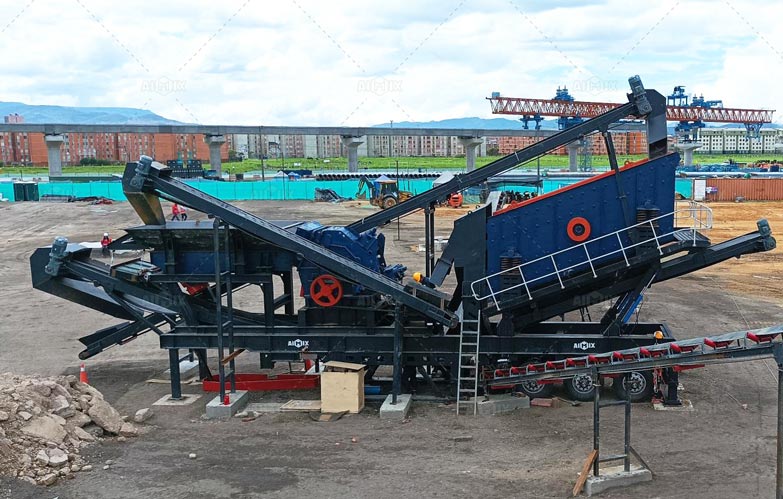
In the mining and aggregates industry, the reliability of a stone crusher plant is crucial, especially when operating in challenging environments. Whether it's the high-altitude Andes of Peru, the humid Amazon basin, or the scorching deserts of Northern Mexico, plants must be able to adapt and perform without compromising output or safety. One of the most effective ways to achieve this adaptability is through extreme environment simulation before the equipment is shipped or installed.
By replicating harsh conditions during the testing phase, manufacturers can identify weak points, optimize critical systems, and ensure long-term reliability for clients, especially those in regions like Latin America where environmental extremes are common.

Before any stone crusher plant is deployed on-site, it must prove its capability to function under the most demanding operating conditions. Standard factory tests may not reveal all potential vulnerabilities. By simulating extremes such as high humidity, dust overload, fluctuating temperatures, and unstable power supply, manufacturers gain deep insights into how each component reacts and where improvements are needed.
For clients in regions where infrastructure or maintenance services are limited, this pre-delivery adaptability validation is not a luxury—it’s a necessity.
One of the first conditions simulated is temperature stress. In certain mining regions, daily temperatures can swing between freezing nights and scorching afternoons. Stone crusher plants are exposed to these cycles constantly, which can affect lubrication systems, hydraulic components, and electronic sensors. Testing these factors ensures that the equipment's thermal protection mechanisms are fully functional.
Aggregate crushing often occurs in dusty environments, especially when dealing with dry limestone or granite. When this is combined with moisture from humidity or seasonal rain, equipment faces an increased risk of corrosion and sensor malfunction. Simulation chambers recreate these dust and moisture conditions to verify the performance of filters, seals, and control systems.
In remote areas, power supply irregularities can lead to sudden shutdowns, voltage spikes, or incomplete crusher cycles. Advanced simulations allow the stone crusher plant to be tested with variable voltage inputs, ensuring that motors, control panels, and inverters are resistant to power disruptions and can recover without error.
Not all rocks are created equal. In some sites, operators feed the plant with oversized boulders or highly abrasive materials without proper pre-sorting. Through simulation, the crushing system is tested with diverse feed types to evaluate its flexibility, wear tolerance, and real-time adjustment capabilities.
Plants tested under simulated extremes are more likely to operate smoothly from day one. This reduces on-site adjustments and accelerates time to production.
Early identification of potential issues allows for preemptive corrections before the equipment even leaves the factory. This leads to fewer breakdowns and increased uptime in real operations.
End users in Latin America and other developing markets often rely on local operators with limited technical training. Knowing that the plant has passed rigorous adaptability tests builds confidence in daily operations and reduces dependence on overseas support.
Some manufacturers take simulation results one step further by modifying the stone crusher plant(planta de trituracion de piedra) design based on testing outcomes. Examples include:
Many Latin American mining and quarrying operations are located in climate-sensitive zones—coastal humidity in Brazil, high-altitude mines in Chile, or rain-prone areas in Colombia. For these clients, purchasing a stone crusher plant that has already been tested in simulated extreme conditions provides long-term value and peace of mind.
Additionally, with longer logistics chains and customs clearance timelines, the cost of returning or modifying equipment after delivery is high. Pre-delivery testing tailored to the local environment helps eliminate this risk entirely.
Extreme environment simulation is not just a technical gimmick—it’s a forward-looking approach to ensure operational reliability, reduce risks, and extend the lifecycle of equipment. For companies deploying a stone crusher plant in diverse or remote settings, especially in Latin America, this testing strategy offers a significant return on investment. As the demand for smarter, more durable crushing solutions grows, simulation-based adaptability will become an industry standard—and a key differentiator for top-tier suppliers.